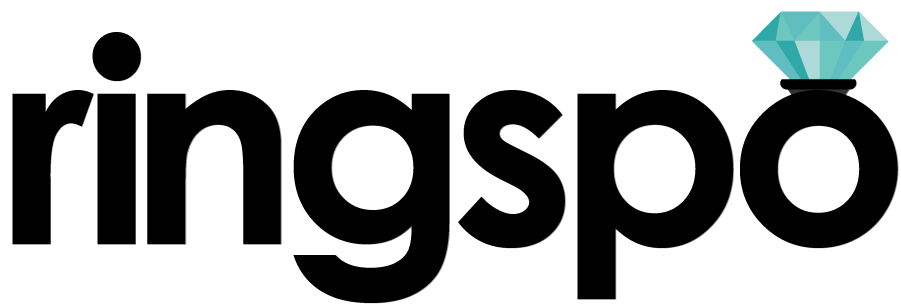How to Sell Estate Jewelry: Simple 4 Step Guide
Inherited jewelry often represents more than just material value; it carries memories and family history.
This guide is designed to give you a clear understanding of your jewelry’s value, the steps to sell effectively, and the importance of presentation.
We’ll break down the distinctions between antique and vintage, guide you through the appraisal process and help you make the right choice on where to sell.
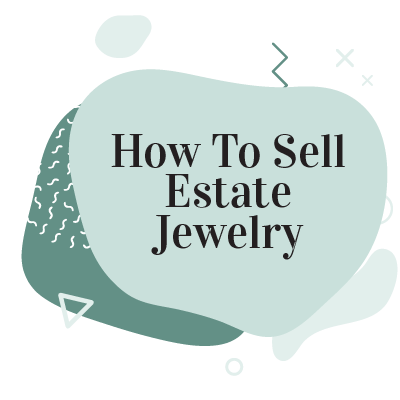
At its core, estate jewelry refers to any piece of jewelry that has been previously owned, regardless of age.
For many people, estate jewelry has been passed down to them, usually in a will.
Estate jewelry can therefore range from a decade-old engagement ring to a century-old brooch.
Deciding to part with personal belongings, especially something as intimate and valuable as jewelry, is never easy. Estate jewelry often carries sentimental value, being passed down through generations or memorializing significant moments in one’s life.
The emotional attachment can make the decision to sell feel like letting go of a piece of one’s history. Plus, there’s the additional challenges of understanding the actual value of the piece, navigating the selling process, and ensuring you get a fair price.
Why You May Decide To Sell Your Estate Jewelry
You will have your own reasons, but we have found that there are some common reasons why individuals decide to sell estate jewelry.
For some, it’s a practical decision driven by financial needs. Many people choose to sell estate jewelry when they realize it can fetch a significant amount, especially if it’s rare or has historical significance. For others, selling might be a way to move on from past memories or to declutter.
Selling estate jewelry can also be a means to ensure that the piece finds a new home where it will be cherished and appreciated – for many this is one of the most important parts when thinking about what do with with jewelry they have inherited but no longer need.
The 4 Step Process to Selling Estate Jewelry
If you have decided to sell your jewelry, there are four steps to follow:
- Understand the value of your jewelry
- Prepare it for sale
- Choose the best place that fits your needs
- Complete the sale
1. Understanding the Value of Estate Jewelry
When trying to sell estate jewelry, one of the most pressing questions is: “How much is my piece worth?”
The value of estate jewelry can vary widely based on several factors, including
Because of this, it’s essential to understand the appraisal process and the factors that influence a piece’s worth to ensure you’re getting the best price.
Appraising Estate Jewelry
An appraisal provides a detailed description of the item and an estimate of its current market value.
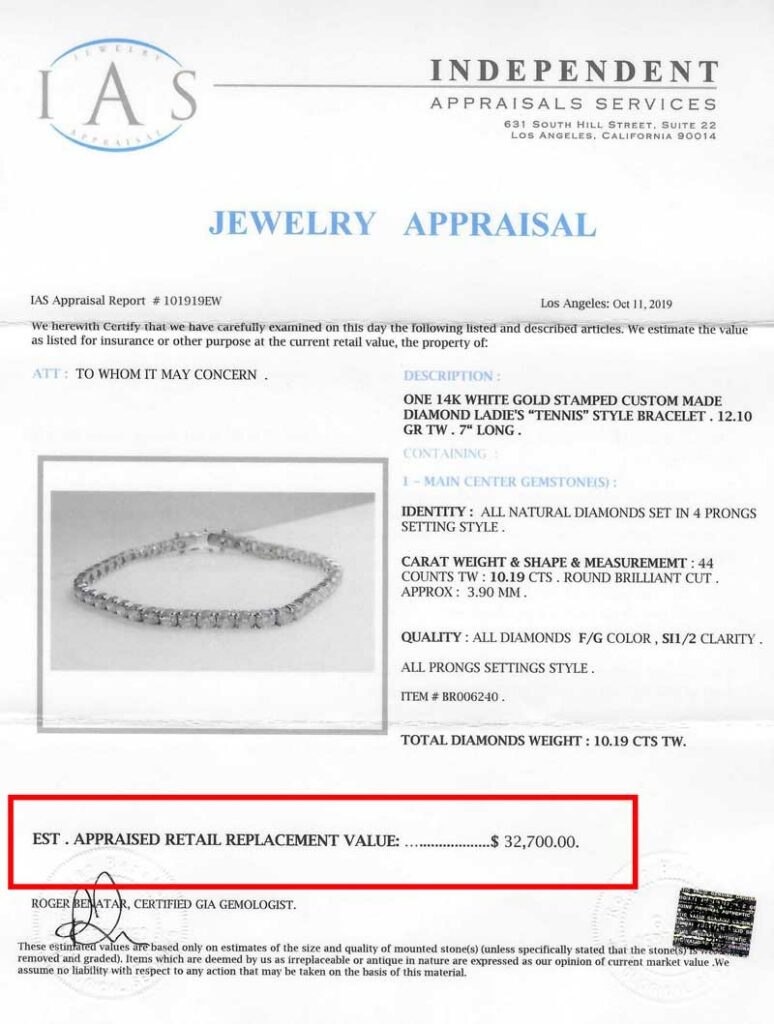
Understanding this valuation is essential to ensure that you receive a fair price for your jewelry:
- Find a Reputable Appraiser: Look for a certified gemologist or a jewelry appraisal expert with credentials from recognized institutions like the GIA or the American Gemological Society.
- Prepare Your Jewelry: Clean your jewelry gently to ensure it’s free from dirt or oils. However, avoid any aggressive cleaning methods that might damage the piece.
- Provide Provenance: If available, bring any documentation or provenance that provides the history or origin of the piece. This can improve the accuracy of the appraisal.
- Familiarize With Appraisal Techniques: The appraiser will examine the piece for craftsmanship, materials, age, and rarity. They may use tools like magnifying glasses or spectrometers.
- Receive Documentation: Once the appraisal is complete, you’ll receive a detailed report outlining the item’s description and estimated value.
Understand the Melt Value
“Melt value” refers to the intrinsic value of the metal in your jewelry, disregarding any craftsmanship, design, or gemstones.
Mainly relevant for gold or silver jewelry, the melt value can set a baseline for the item’s worth, especially if the piece is damaged or out of style.
How to Calculate Melt Value:
We have separate article to help you understand how much you are likely to receive when selling gold, but the basic process is:
- Determine the weight of the jewelry.
- Identify the purity of the metal (e.g., 14k gold is 58.3% pure gold).
- Check current market prices for the metal.
- Multiply the weight by the purity percentage and then by the current market price.
A precious metal specalist like Alloy can do this for you and is likely to give you the best price.
Factors Affecting the Value
When assessing the value of estate jewelry, there are many factors that come into play. One of the primary considerations is whether the piece is vintage or antique jewelry. While these terms are frequently used interchangeably, they have different meanings.
The term antique jewelry is typically reserved for items that have celebrated their 100th birthday. Their age and historical significance often endow them with a higher value.
Conversely, vintage jewelry refers to more recent pieces from the last century, such as those crafted in the 1950s or 1980s. Even though they might not boast the age of antique items, their distinct design, representative era and craftsmanship can still secure a respectable price.
Another pivotal factor in determining value is the importance of condition and rarity – a piece in pristine condition, devoid of scratches, dents, or missing elements, will be more sought after, thus increasing its value. Moreover, the rarity of a jewelry item can also increase its value – unique designs made by renowned jewelry houses often command premium prices.
If Required, Seek Multiple Appraisals
If the first valuation you receive is lower than you expect, it can be a good idea to obtain another.
By obtaining opinions from two or three dealers, you can acquire a more well-rounded understanding of the market value, ensuring you receive a fair price for your item.
2. Preparing to Sell Estate Jewelry
When it comes to selling, you should never forget the importance of presentation, as it can make a significant difference to how much you receive. A gleaming piece of jewelry can make a big difference to a potential buyer’s perception and make them more likely to make a higher offer.
Here are a few tips for selling to ensure a spotless presentation.
Clean and Repair the Jewelry
It’s easy to clean jewelry at home – start by wiping it with a soft, lint-free cloth to remove any surface grime or oils. If a deeper cleanse is required, use a mild soap solution paired with a soft brush:
- Prepare a mild soap solution in lukewarm water.
- Place the jewelry in the solution, letting it soak for a few minutes.
- Using a soft brush, gently scrub the jewelry to remove dirt or residue.
- Rinse thoroughly with clean water.
- Dry with a soft, lint-free cloth, ensuring all moisture is removed.
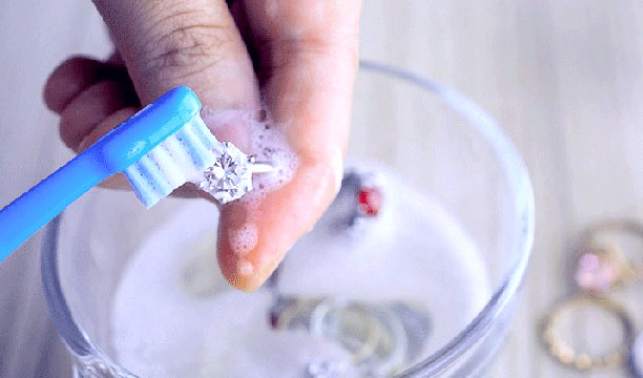
When drying the piece, exercise caution, especially with fragile gemstones or older items, as rigorous cleaning might inadvertently inflict damage.
If you’re no confident with cleaning and polishing your jewelry, a local jeweler will usually do it for a very low fee, or even for free. One thing to be careful of is that some gemstones can be damaged by ultrasonic cleaners, so ensure you research whether they are safe for your piece.
Keep the Jewelry in its Original Packaging
For those fortunate enough to retain the original packaging, especially from premium brands like Tiffany or Cartier, presenting it in the original box can help to verify its authenticity and potentially increase its worth.
Secure Grading Reports From A Trusted Institution
For jewelry that features diamonds, securing a Gemological Institute of America grading report can help demonstrate the quality of your item.
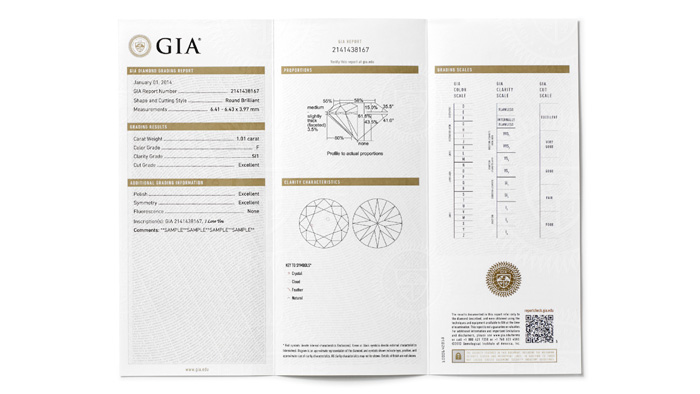
This document will includethe quality, cut, clarity, and carat of the diamond and can be important to instil confidence in prospective buyers and minimise the possibility that you may be haggled down.
Document Your Jewelry
Documentation can greatly enhance the credibility and value of your jewelry. Gather any certificates, appraisals, receipts, or other relevant documents that attest to the jewelry’s authenticity, quality, and provenance.
These papers provide a clear history of the piece, making it more appealing to informed buyers.
3. Choosing the Best Place to Sell Your Estate Jewelry
When it comes to selling inherited jewelry, choosing the right platform is crucial.
Each option has its unique advantages and potential drawbacks and while there isn’t necessarily a ‘best’ way to sell inherited jewelry for everyone, there are some key things to keep in mind as you make your decision of where to sell.
The choice can influence not only the price you receive but also the ease and speed of the transaction.
Understanding Different Selling Options
- Online Estate Jewelry Buyers: Companies like Alloy Marketplace offer a streamlined process. You can either download their app and take a picture to show what you have, or you can send in your jewelry, get an appraisal, and receive a quick payment. They also provide insurance up to $100,000, ensuring peace of mind.
- Local Jewelers and Pawn Shops: These offer immediate cash and convenience. However, pawn shops might not have the expertise to value estate jewelry accurately, potentially leading to lower offers.
- Auction Houses: Renowned auction houses like Sotheby’s or Christie’s can be ideal for high-end, rare pieces. They have a vast network of collectors and can fetch premium prices. However, they charge a commission, and there’s no sale guarantee.
- Consignment Selling: This involves leaving your jewelry with a dealer who sells it on your behalf. While it might net a larger profit, it can be a longer process. Also, you depend on the dealer’s efforts, network, and loyalty to you.
- Online Marketplaces: Platforms like eBay allow you to reach a global audience. It’s essential to provide a detailed history behind the jewelry to make it more appealing. However, be aware of listing fees and potential scams.
The two most common ways of selling jewelry are selling to a local store and online.
Selling to a Local Jewelry Store
Selling to a local jewelry store can be one of the most straightforward methods. It offers the advantage of face-to-face interaction, allowing you to gauge the buyer’s reactions and negotiate accordingly.
Pros:
- Immediate payment
- Personal interaction ensures transparency
- No need to ship and risk damage during transit
Cons:
- It might not fetch the highest possible price
- Limited to the store’s current demand and inventory needs
- Potential for undervaluation if the jewelry store lacks expertise in estate jewelry
Selling Jewelry Online
The digital age has opened up a of platforms to sell online. While this method can reach a broader audience, it requires more effort on the seller’s part.
The platforms to sell jewelry online include dedicated jewelry platforms like The Diamond Oak or Alloy and general marketplaces like eBay or Etsy.
How to Successfully Sell Estate Jewelry Online
Giving a potential buyer as much information as possible can make it easier for them to say yes to your jewelry.
- Take close-up pictures from multiple angles to show details of the jewelry and also its condition. Your phone should have a ‘macro mode’ which is perfect for this.
- Write a descriptive title: Incorporate specific keywords that will help a potential buyer understand what you are offering e.g. “Victorian Gold Locket with Emeralds” paints a clearer picture than a vague “Old Locket.”
- Offer Detailed Information: Provide as much information as you can on the jewelry’s attributes, including details like its historical era, the materials used, its craftsmanship and any associated stories.
- Highlight Hallmarks and Signatures: If your piece has any hallmarks or signatures from the maker, be sure to mention them. This not only verifies the piece’s authenticity but can also add value to it.
- Clearly State the Condition: Describe the condition of the jewelry piece in an honest and transparent manner. Mention any signs of wear, previous repairs, or missing elements.
- Ask for a Competitive Price: After evaluating your jewelry, either through personal research or professional appraisals, decide on a competitive price that reflects its worth but is also likely to result in a sale.
Final Thoughts On Selling Your Estate Jewelry
To recap, when it comes to the best way to sell, it’s pivotal to grasp your jewelry’s inherent value, its storied history, and the current market dynamics. Whether your choice leans towards consignment, a direct sale, or venturing into online platforms, staying informed is your compass to achieving optimal outcomes. It’s worth noting that the most effective selling strategy resonates with your personal objectives and the distinct attributes of your jewelry piece.
Finding the best place to sell is another crucial determinant. Options abound, from local jewelry boutiques to expansive online platforms and prestigious auction houses. Your choice of venue can significantly influence the final sale price. It’s advisable to weigh factors like the nature of your jewelry, its appraised value, and the target demographic before settling on a selling platform.
Lastly, when we talk about the value of estate jewelry, it transcends mere material worth. Elements like provenance, historical significance, its state of preservation, and prevailing market demand collectively shape its ultimate price tag.
